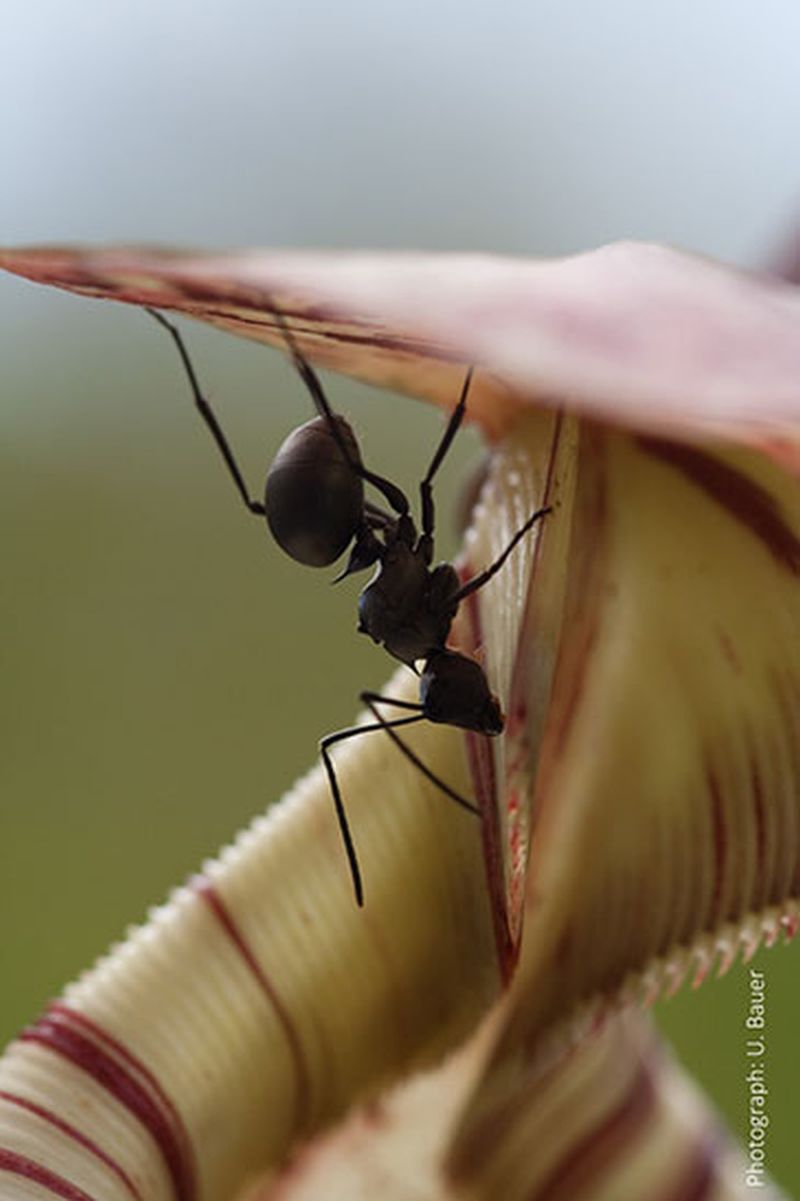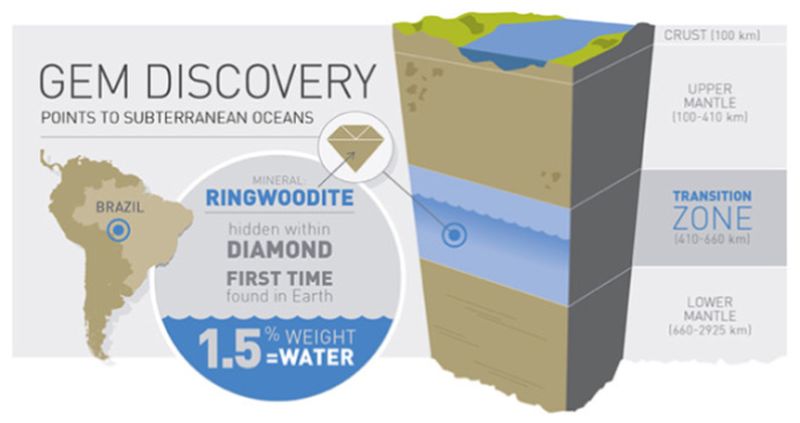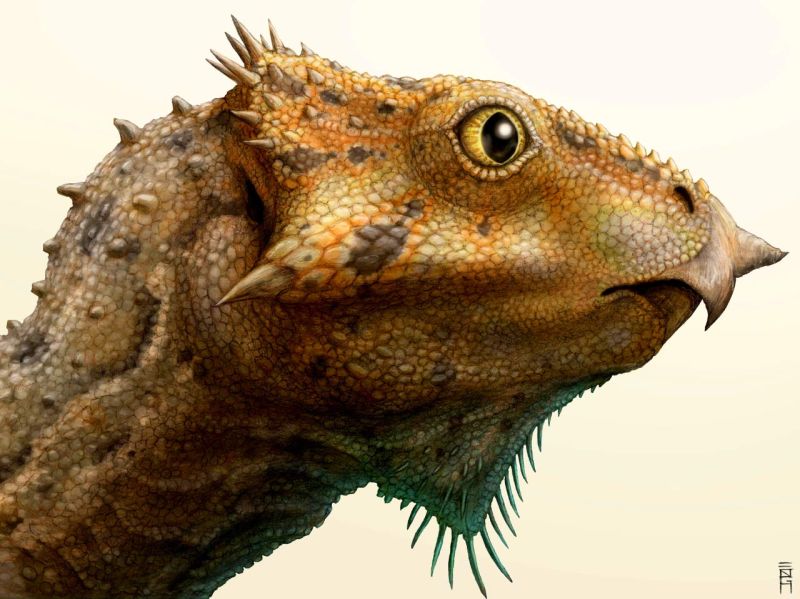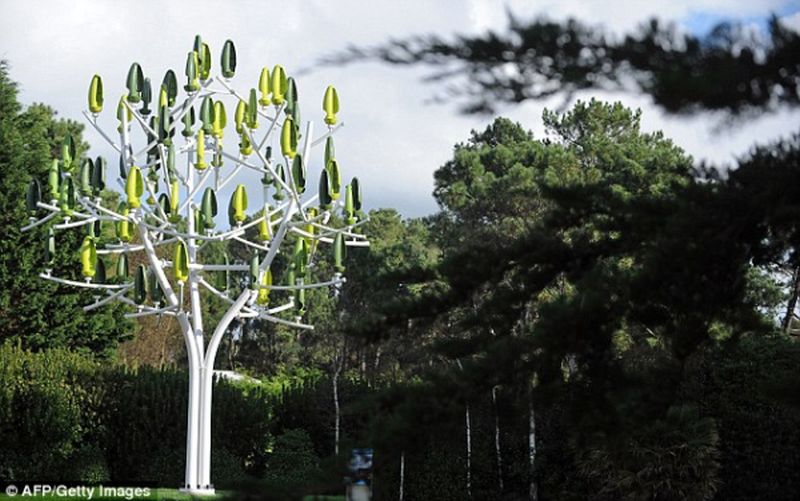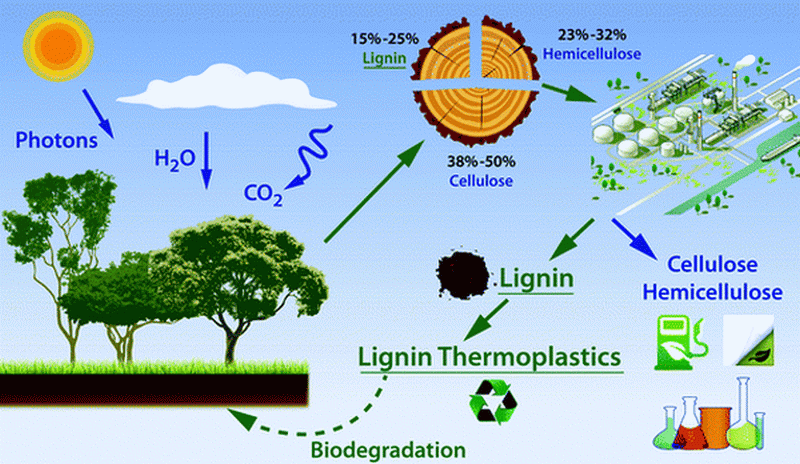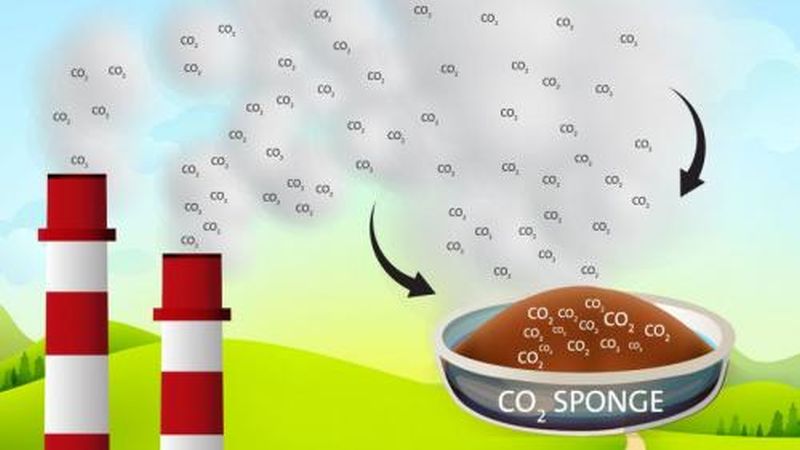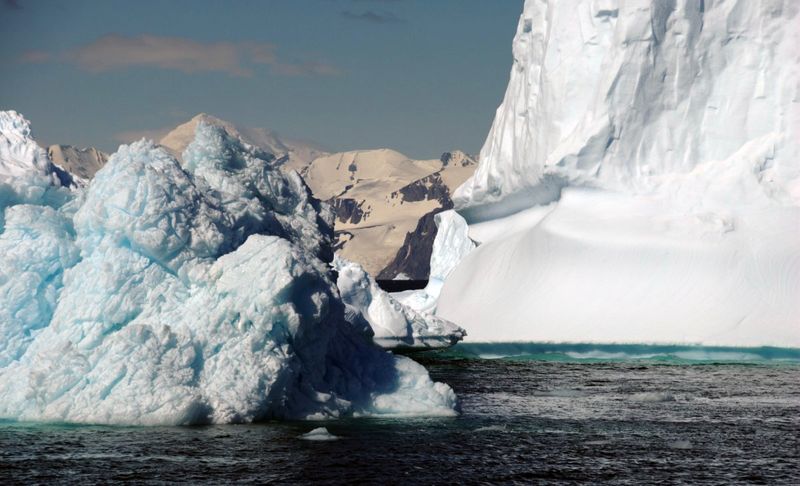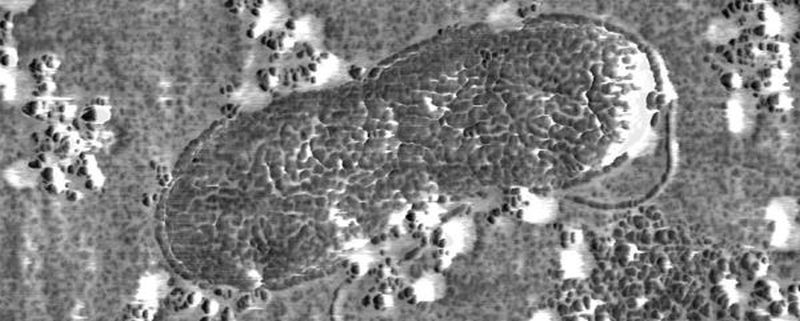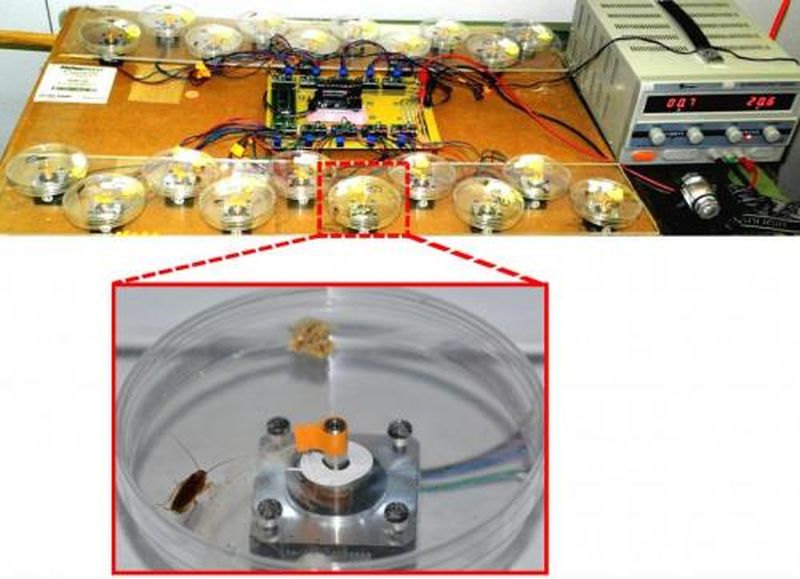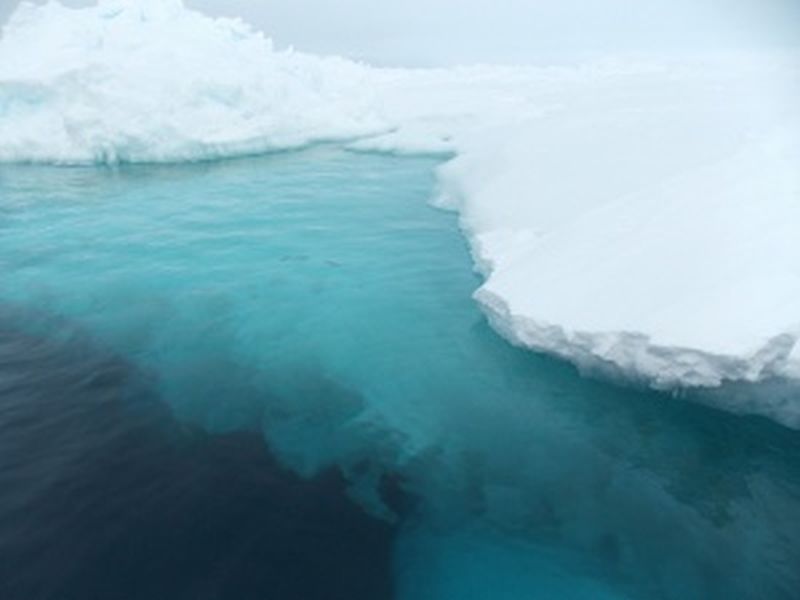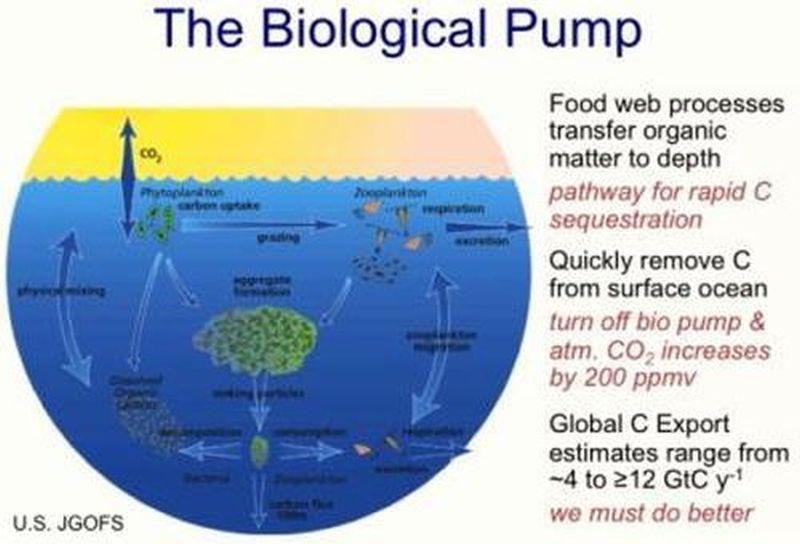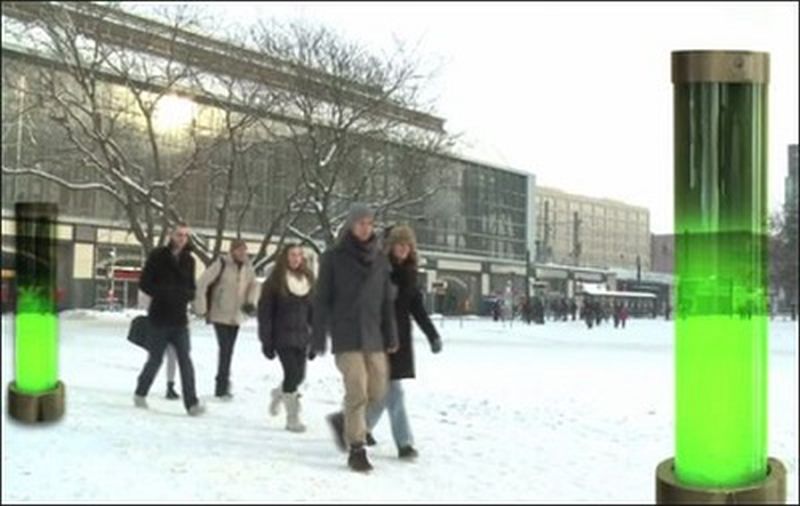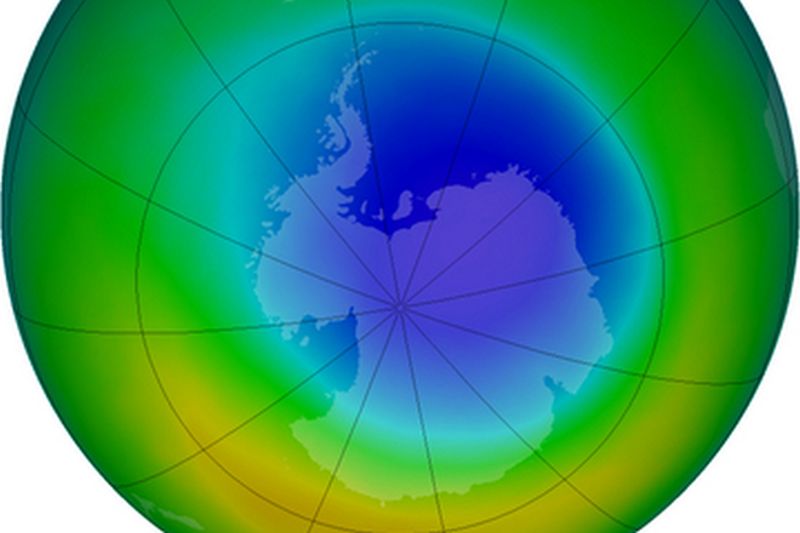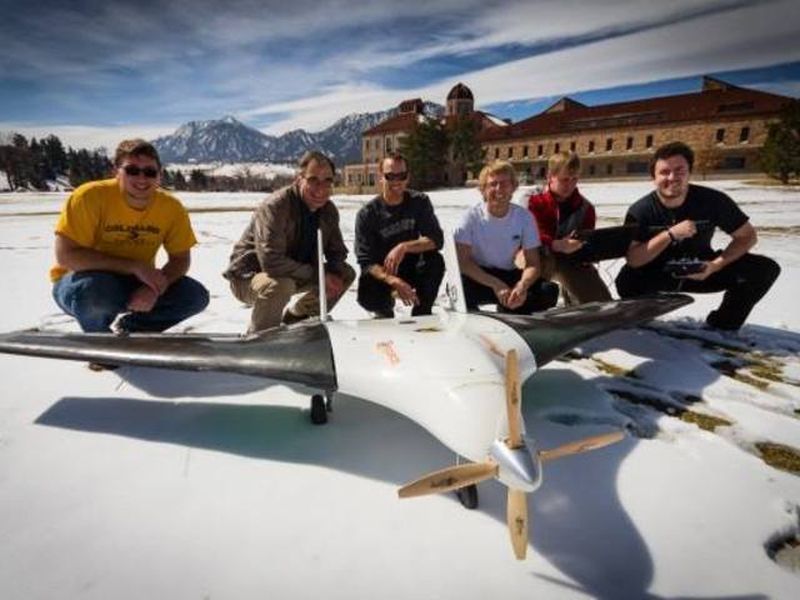Carnivorous vegetation like pitcher plants has adapted to thrive in areas scarce of nutrients. Unlike other plants that derive nutrients from soil, pitcher plants have evolved to derive essential nutrients by gorging on insects trapped in their pitcher like traps. Experts from the University of Cambridge, UK and the University of Bristol, UK, studying the pitcher plants say that the plants are smart enough to plan a strategy to attract more prey into their deadly traps.
Read MoreTag: environmental science
Geologic processes in Earth’s Interior responsible for creating Oceans: Geoscientific Mystery
Emergence of water is the best part in the origin of life on the planet Earth. Without water, Earth might not have looked like what it is today, but the question how water first appeared on our Blue Planet is still a mystery. The most popular theory suggests that the collision of enormous icy comets with dry and inhospitable Earth, resulted in deposition of water on the surface.
Read MoreCat-Sized Dinosaur Fossil Discovered in Montana: Aquilops americanus
Dr Andrew Farke a paleontologist and his team from Raymond have surfaced a new species of dinosaurs that were herbivorous and beaked belonging to the family of Ceratopsia or Ceratopia. These genus dinosaurs occupied North America, Europe, and Asia, during the Cretaceous Period, nearly 108 million years ago. American eagle face Due to its looks, it’s also called the Aquilops americanus that stands for American eagle face. Unlike Triceratops, also the herbivorous ceratopsid dinosaurs that were expected around late Cretaceous period, its famous relatives, it did not have horns neither…
Read MoreElectricity producing Trees: Plastic Leaves to Create Power
Very soon, we might witness our streets and garden lined up with electricity producing trees. Unbelievable but true. Couple of French engineers have designed an artificial tree that uses wind energy to produce electricity. The electricity producing, Wind Tree will be available in the market by 2015. Founder of start-up Parisian, Jerome Michaud-Lariviere says that he came up with the idea of wind tree when he saw leaves quivering in the absence of air currents, which means energy is coming from somewhere and it possible can be morphed into watts.
Read MoreHuman Waste to morph into Rocket Fuel: Methane powered Spacecrafts
A research team from the University of Florida has found a way to transform human waste into something as useful as a rocket fuel. Until now the waste produced during space missions were stored which was later burnt while entering Earth’s atmosphere, when the space cargo vehicle loaded with waste returns. However, between 2019 and 2024, NASA plans to build an operating base on moon for initiating future long-term space missions that would require a way to cut down the weight of spacecraft leaving Earth. Clearly, neither dumping waste on…
Read MoreRecycling Wood, Crop Waste into Valuable Chemicals: Renewable Biomass Material
Everyone realizes the importance of recycling potential wastes into useful products. This recycling process helps in reducing the requirement for raw materials, minimizing energy usage, curb water and air pollution, thus reducing greenhouse gas emission. Experts around the world are trying ceaselessly to look for new and innovative techniques to recycle wastes. In one such attempt, researchers have found an innovative method to recycle lignin, which is a biomass waste, into certain chemicals that can be put to use in other applications. Recycling Lignin Lignin is the complex material responsible…
Read MoreCarbon Dioxide ‘Sponge’ to reduce Greenhouse Gases: Zero-emission Technology
To control global warming and its severe effects, not just environmentalists around the globe, but President Obama too plans to achieve a 30 percent reduction in carbon dioxide emissions by 2030. The American Chemical Society (ACS) during its 248th National Meeting & Exposition came up with a solution for this worldwide problem. Employing relative of plastic used in manufacturing food containers, they have achieved to create a sponge like plastic, which has a higher efficiency of absorbing carbon dioxide. Researchers now hope that the new material might help in transitioning…
Read MoreUnlocking East Antarctica would yield to Escalation in Sea-Level Rise: The Uncontrollable Ice-Melt
Today cities situated along the coast or on the islands are under constant threat, posed by the sea level rise caused due to changes in the climate. As the climate gets warm, sea level would rise due to melting of glaciers and it is known fact that warm water requires more space than compact water stored in the form of ice. Therefore, researchers are continuously monitoring changes in the climate and its impact on the lives of millions of humans that would get displaced if the sea level rise considerably.
Read MoreMicroscopic Organism: Game Changer in Ocean Carbon Cycling
Oceans play a very crucial role in the global carbon cycle. To gain a better and detailed insight of the process, researchers from Scripps Institution of Oceanography, UC San Diego are studying, the basis of the mechanism.
Read MoreTactile Stimulation and Reproduction go Hand in Hand Amongst Female Cockroaches
Generally, the antenna, key sensory organ of insects is known to aid insects in perceiving information about its surroundings such as availability of food, danger of predator, obstacles and potential mates and so on. They have many sensory receptors for audition, olfaction, balance, stability, gustation, graviception, thermo, hygro and mechanoreception, to name a few. They also play an important role during social interactions. In German cockroaches (Blattella germanica), during such social interaction, antennal contact alters juvenile hormone production which leads to an increase in female reproduction rate. In short the…
Read MoreClimate Change Slowing The Deep Ocean Currents
We recently covered an article explaining the vital role of the oceans in the global carbon cycle and the process in which oceans accumulate, transport and convert carbon molecules. But according to a recent research carried by Irina Marinov and Raffaele Bernardello from University of Pennsylvania and colleagues from McGill University, says that climate change is slowing down the deep ocean currents and can adversely influence the climate in the future.
Read MoreNothing Dies in Ocean: The Biological Pump
Carbon-based molecules are the prime element of biological compounds and play a crucial part in supporting different life forms on earth. The carbon molecules are continuously exchanged among the different reservoirs of carbon present on the Earth. Recently, researchers at the University of California Santa Barbara, used images received from the satellite, to analyze the importance of oceans in the carbon exchange also known as the global carbon cycle.
Read MoreMicroalgae Lamp: Consumes More CO2 Than A Tree
Increase in concentration of carbon dioxide (CO2) in the air is the major cause of green house effect. Researchers are determining ways to reduce the emission of carbon dioxide. Pierre Calleja, French biochemist and Shamengo pioneer have found a solution to this problem and designed an innovative algae powered street lamp, capable of absorbing CO2 from the atmosphere. These lamps can absorb a massive, one ton of CO2 in a year, which is the same amount that is absorbed by an average tree during its life span of nearly 150…
Read MoreHuman Made Ozone Destroying Chemicals Found In Atmosphere
The ozone layer present in the stratosphere region of the earth, serve as a screen against the harmful ultraviolet B radiation that are emitted by the sun. The UV B radiations are extremely harmful for animals and causes skin cancers and cataract in humans. These radiations, also retard the reproductive cycle of shrimps, crabs and majorly, phytoplankton which in turn will affect the population of creatures dependent on the phytoplankton.
Read MoreTeam AREND Creating Unmanned Drone to Combat African Rhino Poaching
Poaching is one of the world’s most organized and largest crime industries. Several animals like, rhino, elephants, tiger, gorilla, sharks, whales and many other species are being ruthlessly poached and extensively being pushed towards extinction. Without human intervention, these animals cannot protect themselves from the poachers. There are several anti- poaching communities worldwide guarding the last few animals left in the wild, however, the effort is still not enough.
Read More
